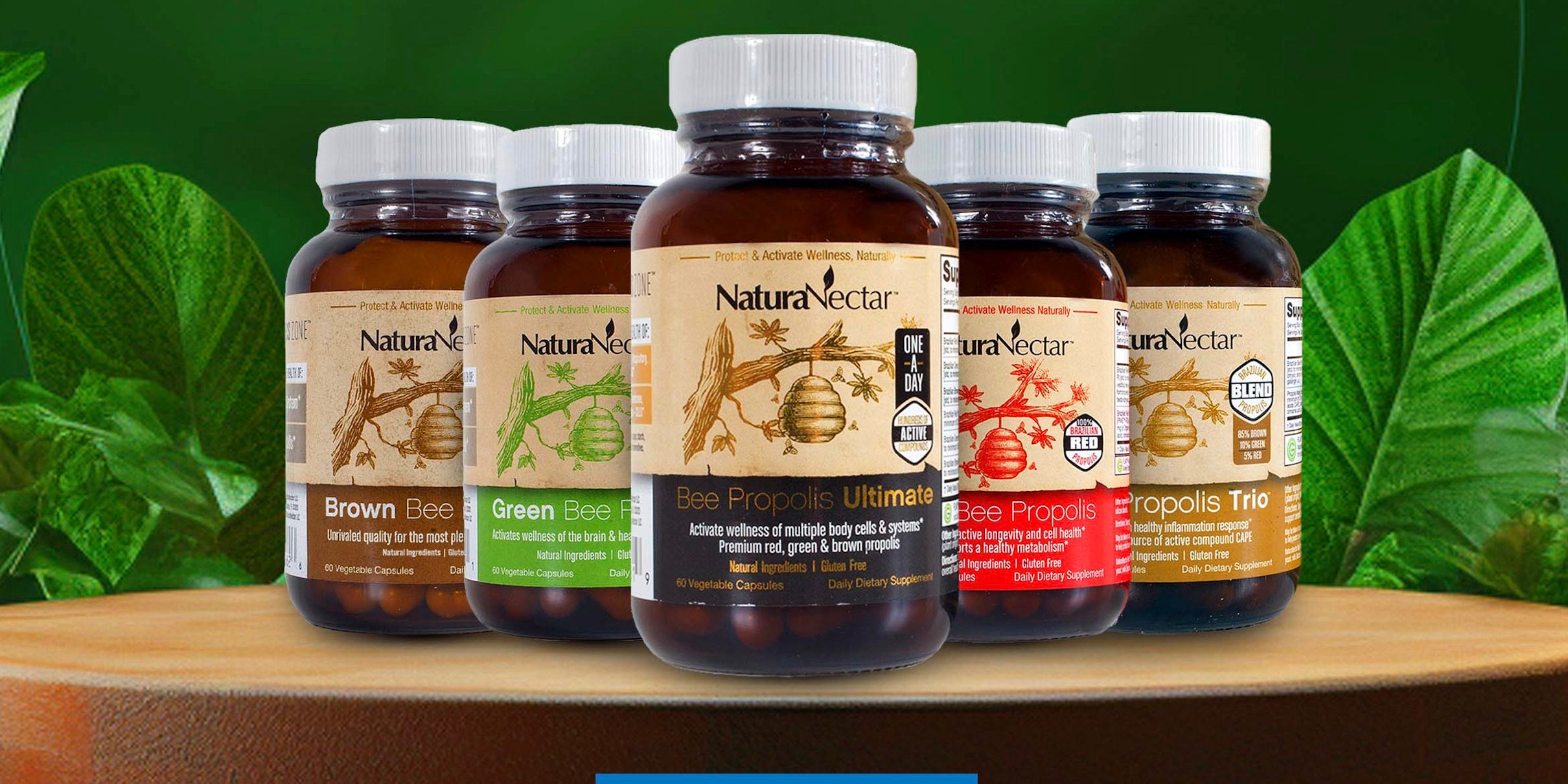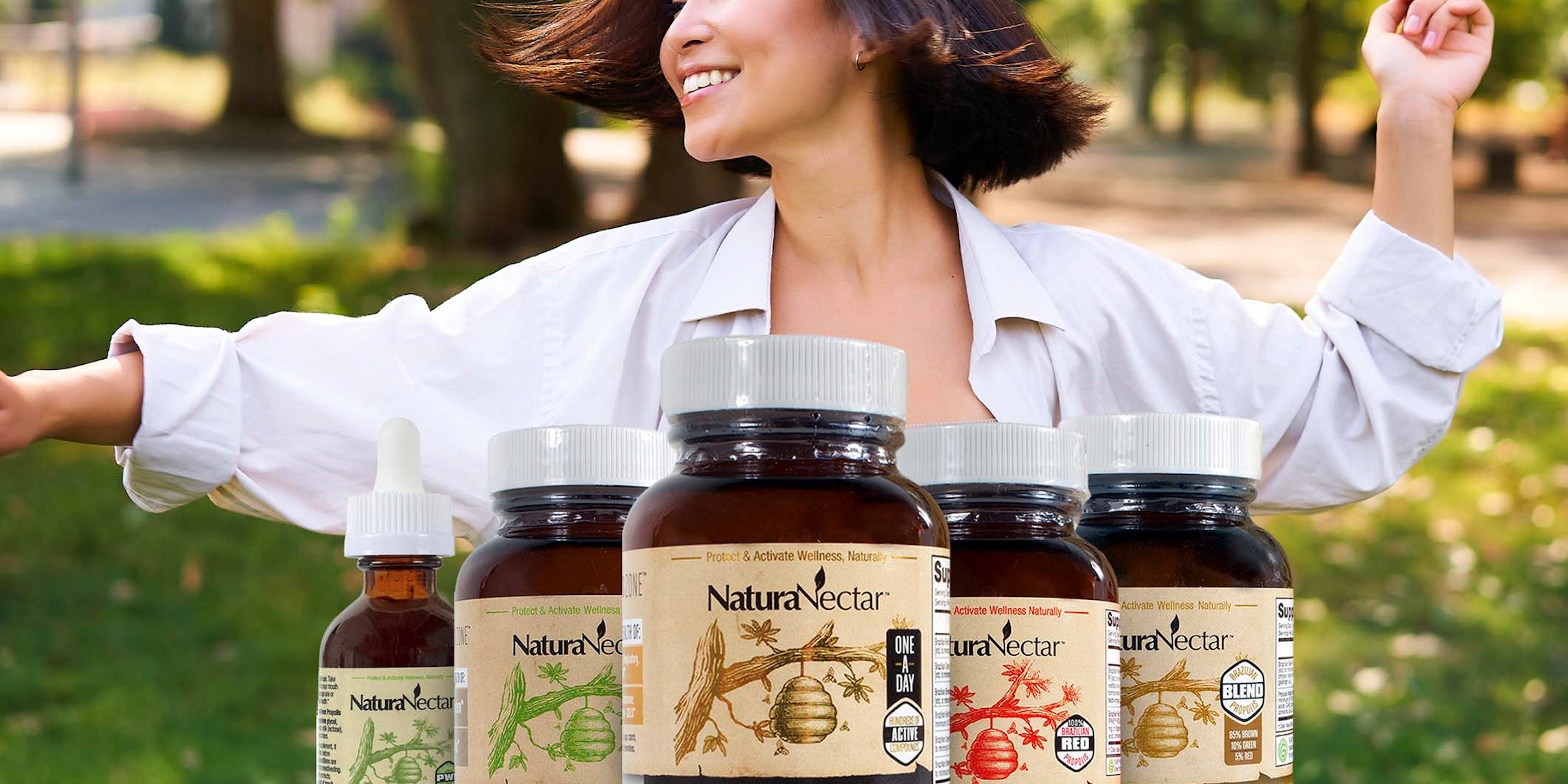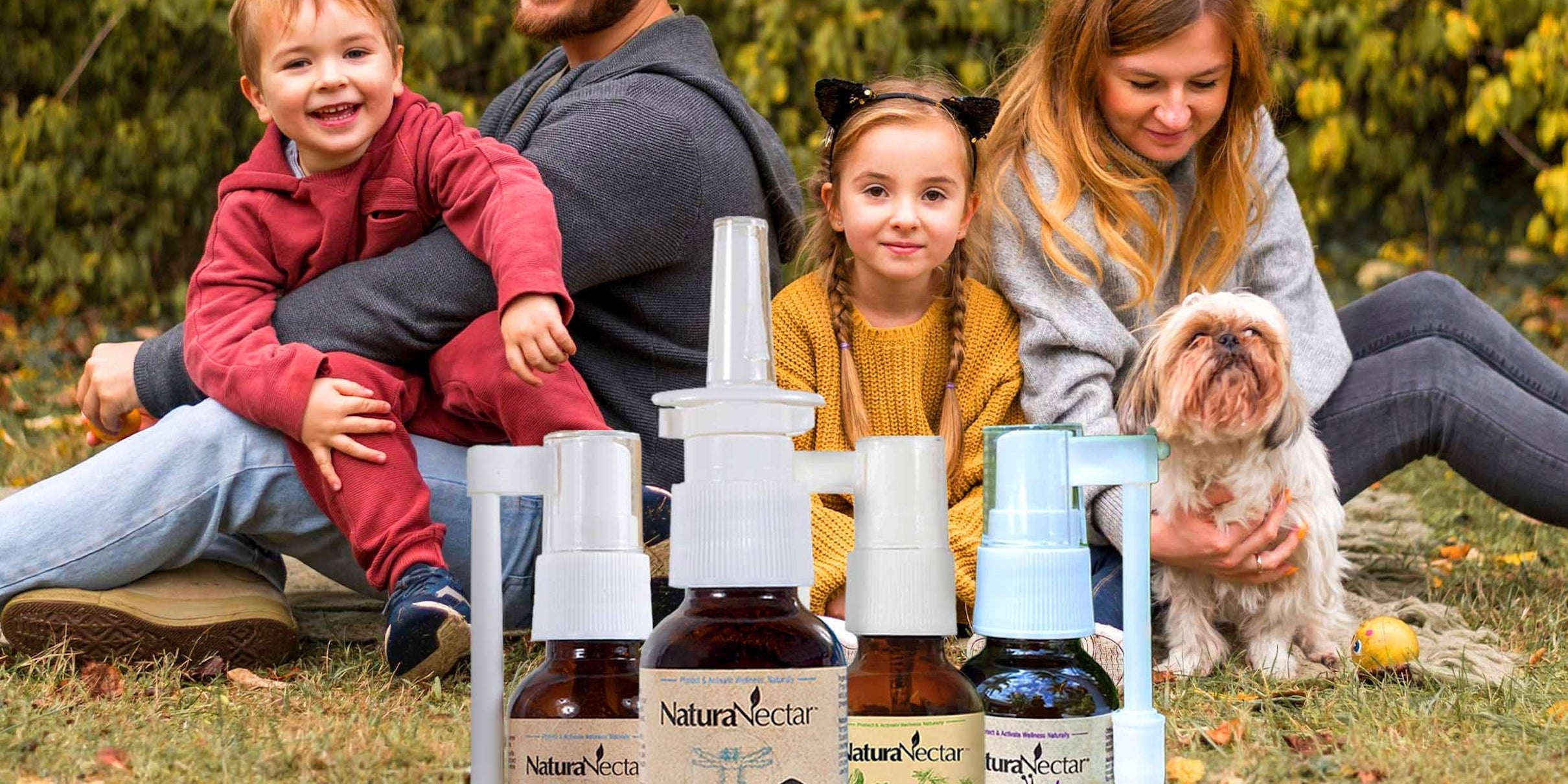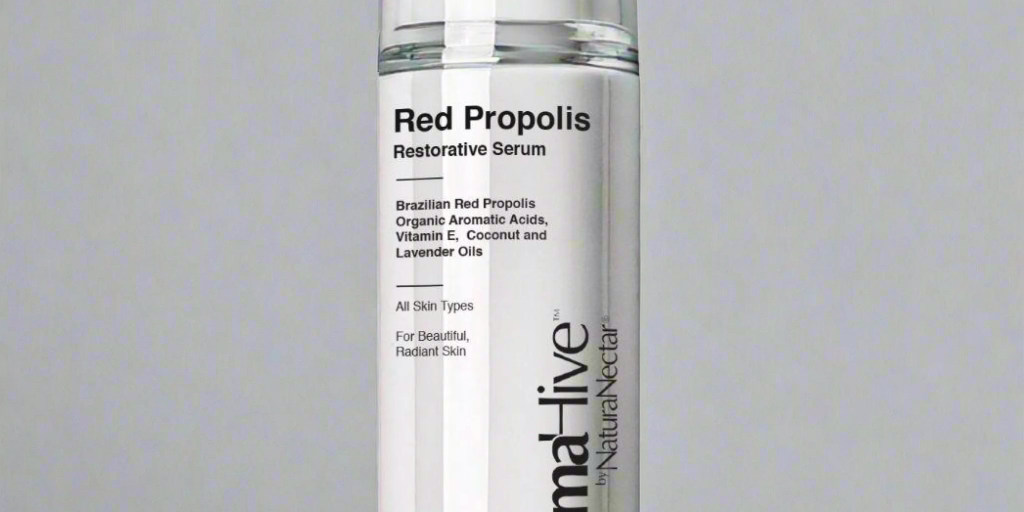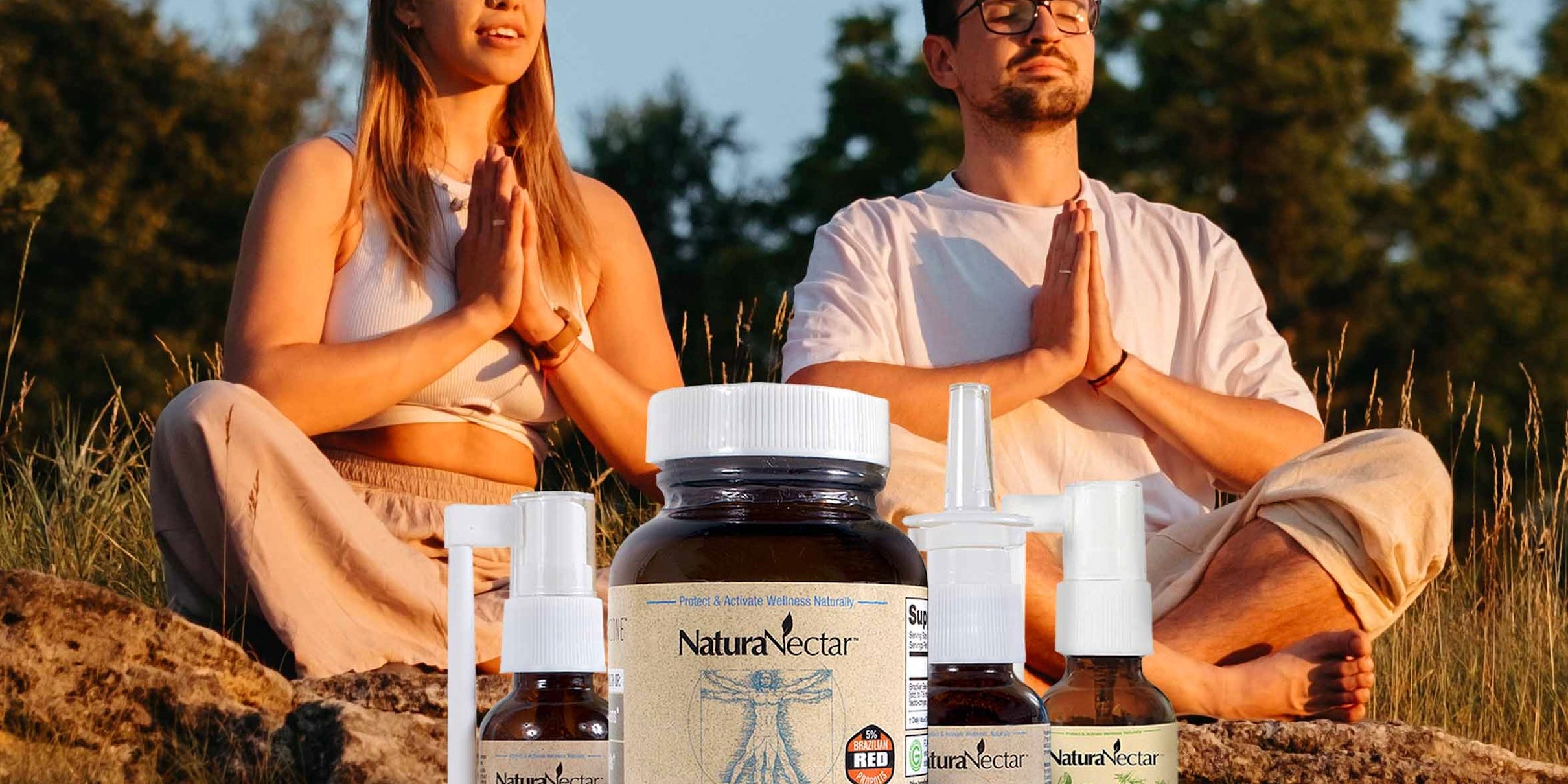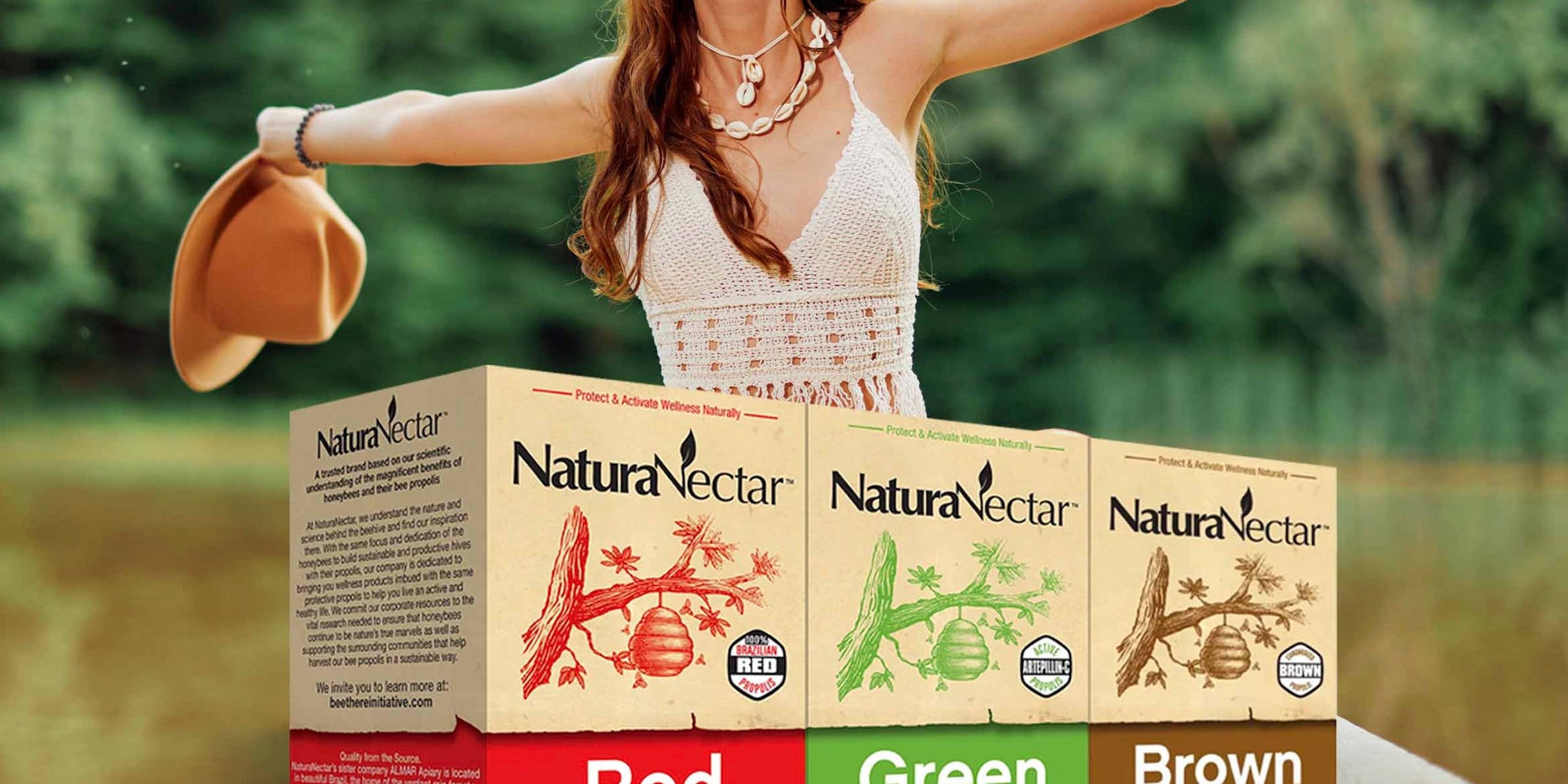It All Starts With the Right Raw Materials

Hey everyone, it’s been a while! Have you checked out our new website?! It looks great! I hope it helps facilitate our communication with you. Also, I would love for you to post comments below. I will make every effort to respond to them so that this can be a true dialogue!
Last time, I mentioned that it is not possible to reach a reliably consistent product without a systematic approach to the supply chain. In the world of natural products, we must be closely involved in every step of production, from raw material to finished product.
Let’s get back to our exploration of NaturaNectar’s quality by reflecting on the raw material - the Brazilian raw propolis that we produce and source to manufacture the products you consume. Raw material is the determining factor limiting or potentializing the rest of production, so we might have a couple posts on this topic – hold on tight!
You may be familiar with the Protected Designation of Origin (PDO) mark that is given to certain products in the European Union. The purpose of the mark is to create a bond between the product’s quality and origin (ex.: Parmigiano-Reggiano cheese). Ultimately, the unique nutritional and sensory profiles of the marked product are associated with its origin and all that it entails.
The same thing happens with propolis – origin matters!
Paraphrasing Vassya Bankova, a top reference in the field of propolis research: to compare propolis from different regions of the world – such as China and Brazil – might be the same as comparing extracts from two plants that belong to different families1.
Let me give you a brief notion of why that is the case.
Bees collect resin from the beehive’s surrounding vegetation to formulate propolis. They selectively choose plants, brushes, trees, etc., that provide the properties that best help them defend the hive against the microbial threats that they face. Therefore, the local vegetation imparts its fingerprint on the propolis composition (including the color, by the way), distinguishing it from other types, in other regions and countries.
Botanical source! – that’s how we call the collection of plant species that make up the propolis identity. It is the main contributor to the desired health-relevant compounds in the propolis. Sometimes bees collect resin from multiple plants, like in the case of Brazilian brown propolis2. Other times, the botanical source is composed predominantly by one or two species that bees favor, like in the case of Brazilian green and red propolis.
There is much to say about the complex network of ecological relationships on which propolis production hinges, but for the purpose of this post a key take-away is: different geographical locations present different botanicals sources to the bees, making their propolis as different as the flora that they use.
Let’s take a break for now and continue next time!

Daniel Oliveira, PhD
Head of Quality
References
- Chemical diversity of propolis and the problem of standardization, Vassya Bankova, 2005
- Brazilian Brown Propolis: an Overview About Its Chemical Composition, Botanical Sources, Quality Control, and Pharmacological Properties, Ribeiro et al., 2023
0 comments


